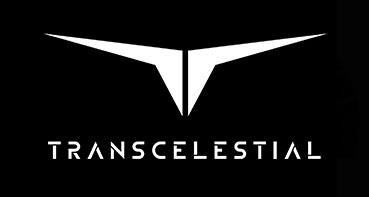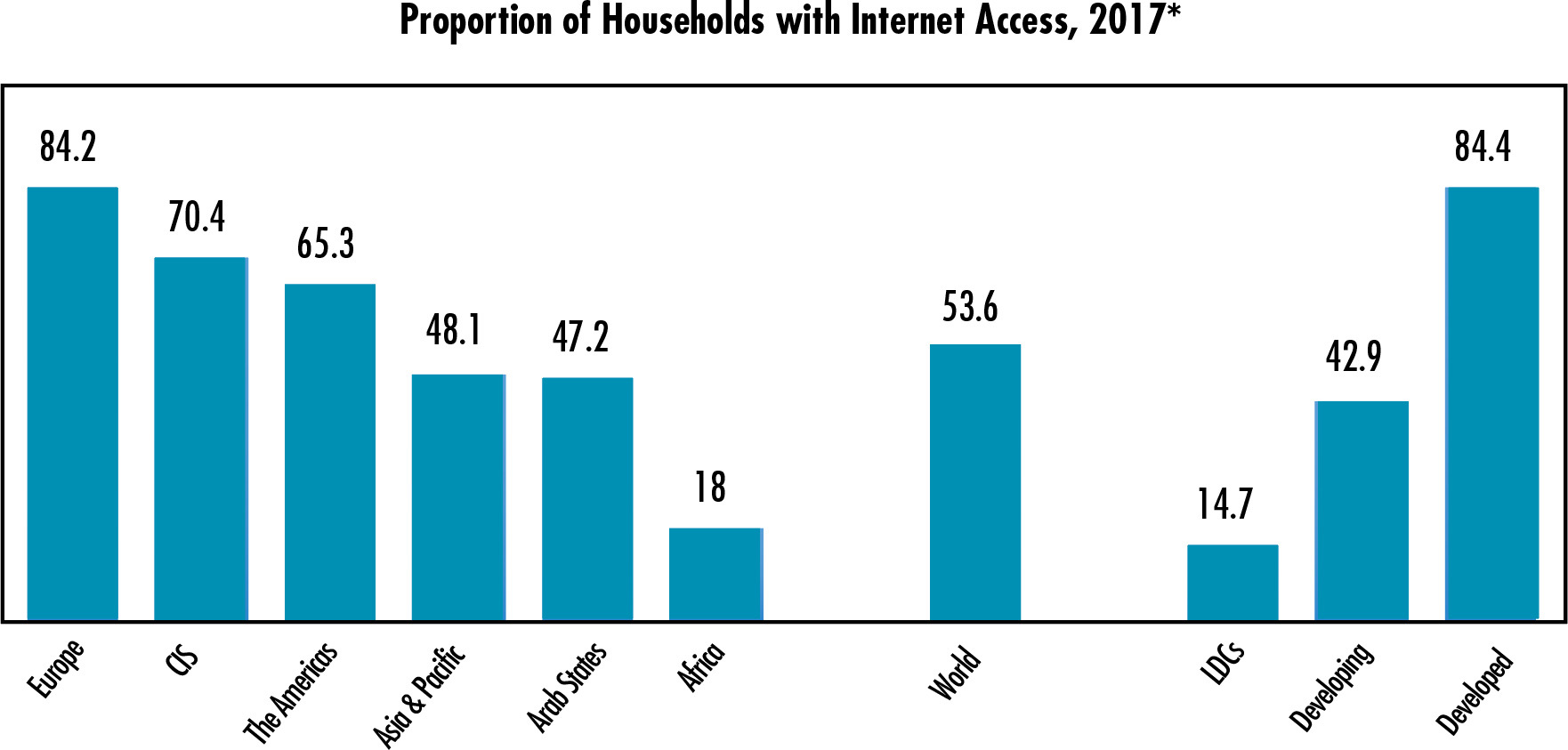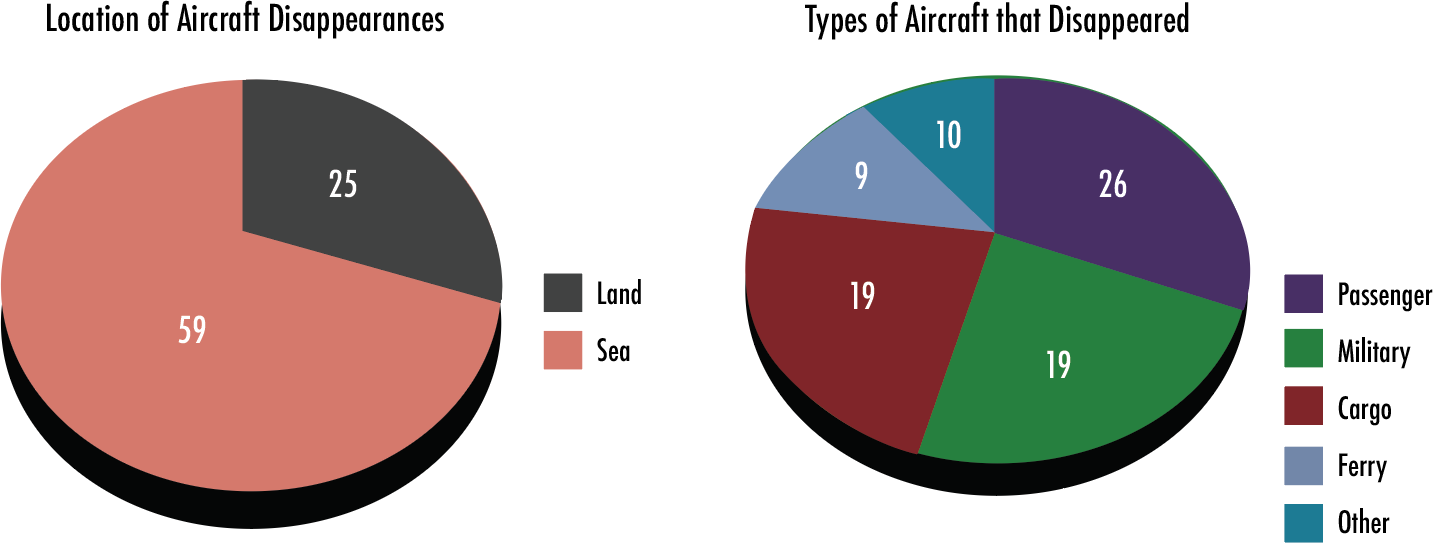

The future depends on global access to affordable, lightning-fast wireless communication
The internet has become essential to success in the modern world and ubiquitous wireless laser communications can make it more accessible and efficient. Providing affordable internet access worldwide will drastically improve the living conditions of those in emerging countries and low-income families.
Having access to the internet benefits one’s education, employment, health, and other various aspects of life. The abundance of available online resources can teach valuable life skills and even let people earn online college degrees that would have been otherwise unobtainable. Internet access also provides many more options for employment, allowing people to search through a wealth of available jobs and create online businesses with access to far more customers than they would otherwise be able to reach. Internet access also improves the health of communities by educating them about medical conditions and allowing them to seek help when necessary. Figure 1 shows the proportion of households with access to the internet across different communities worldwide.

In addition to helping low-income communities and developing countries, global wireless internet access can also improve the connection between ground control and aircrafts, reducing the amount of aircraft disappearances. Aircraft traveling over the ocean make periodic checks with air traffic controllers over the radio, but have no high-speed connection to send real-time data to ground control. Being able to communicate throughout an entire flight will allow ground control to monitor and correct any issues both effectively and quickly. Transcelestial’s satellite network solution for providing a high-speed internet connection that is globally accessible at all times would prevent airplane disappearances, like the Malaysia Airlines Flight MH370, from happening again (Figure 2).

With the expansion of the internet comes a demand for higher bandwidth in order to compensate for the increase in data. There is an almost 10X growth in data expected in the next 5 years. However, the current dependence on radio frequencies for wireless communication has several drawbacks. Radio waves have long wavelengths that require cumbersome hardware, such as massive underground cables or large dish antennae, to transmit and receive information. This equipment is expensive and hard to implement in remote places. Laser beams have much more bandwidth than radio frequencies, which allows them to carry more data at a fraction of the cost.
The needs of a startup company like Transcelestial are very different from those of a larger company. Startups are typically racing to meet product deadlines, secure investors, and beat their competition to market. This makes them more time-sensitive than larger, more established companies and heavily dependent on rapid prototyping. Startups are also more cost-sensitive than larger companies are and must find creative ways to develop their products while minimizing expenses. Transcelestial needed to be able to quickly prototype different optical solutions and continuously iterate until they found a design that worked for their demanding needs.
Edmund Optics was able to help Transcelestial rapidly develop the prototypes the company needed by providing dedicated engineering support and shipping critical stock components out same day. These products included prisms, filters, lenses, mirrors, optical tables, and optomechanics. EO answered any questions that arose and gave Transcelestial advice on which optical components would work best in the system. This resulted in an optical prototype that met all of Transcelestial’s demanding requirements. EO also provided Transcelestial with flexible payment options that allowed them to experiment with different components for the prototype without having to pay right away. Rohit Jha, the CEO and co-founder of Transcelestial, stated that EO provided "rapid sales response on requests for orders, even if some of them are very urgent and quite last minute for the day."
Transcelestial is a member of EO’s startUP program, which seeks to create an environment where new and expanding businesses can focus on what matters most, continuing to innovate and grow their business. The startUP program offers member discounts, dedicated engineering support, and personalized solutions.


or view regional numbers
QUOTE TOOL
enter stock numbers to begin
Copyright 2023, Edmund Optics Inc., 18 Woodlands Loop #04-00, Singapore 738100
California Consumer Privacy Act (CCPA): Do Not Sell or Share My Personal Information
California Transparency in Supply Chains Act